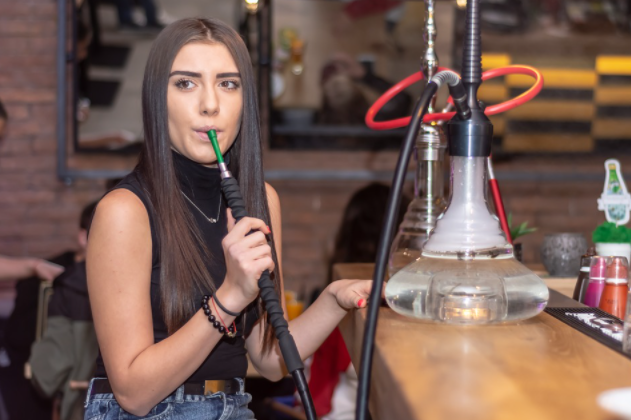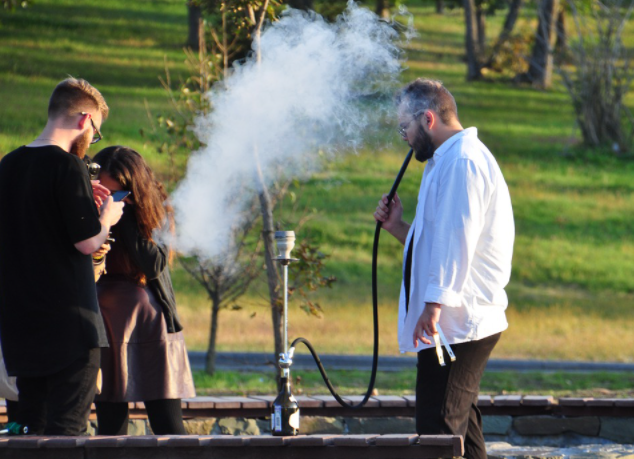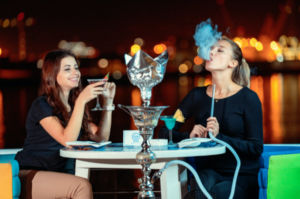In the mining industry, equipment compatibility plays a crucial role in ensuring smooth and efficient operations. When machines, tools, and systems work seamlessly together, productivity increases and downtime is minimized. Every mining company must carefully assess how its equipment integrates across various applications, from excavation to material transport and processing. Incompatible machinery can lead to costly breakdowns, reduced output, and safety risks. By prioritizing compatibility and investing in well-matched systems, mining operations can achieve greater efficiency, reliability, and long-term savings, which are key factors in maintaining a competitive edge in today’s demanding market.
The Matter of Compatibility in Mining
Mining equipment is built for specific tasks, but not all machines are meant to work together. When a truck’s load capacity does not match an excavator’s bucket size or when a conveyor belt cannot handle the material flow from a crusher, production suffers. These mismatches waste energy, cause breakdowns, and create safety risks for workers. Compatibility also affects efficiency. When systems are aligned, fuel use drops, cycles become shorter, and equipment lasts longer. Investing time in matching machine specifications and performance capacities saves money and improves productivity across the entire site.
Mechanical and Technical Compatibility
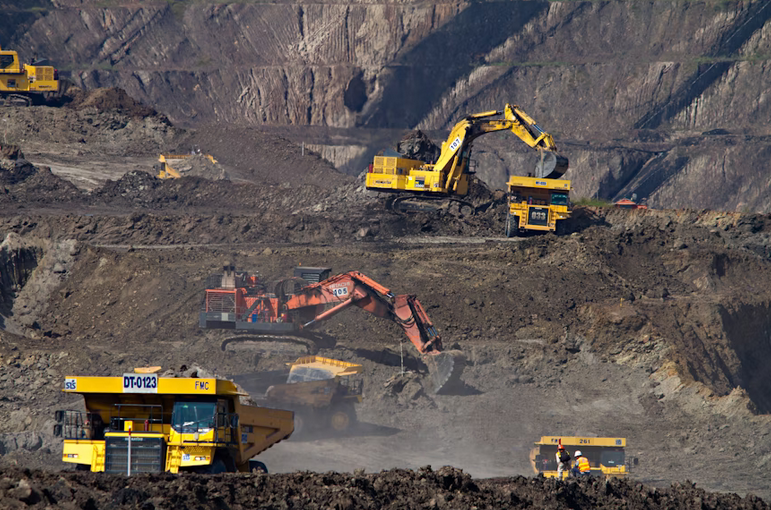
Mechanical compatibility focuses on physical and operational harmony. For example, the dimensions of loaders, haulers, and crushers must align to maintain a consistent flow of material. Mismatched components can cause spillage, equipment strain, or unbalanced loads. Standardizing models or selecting brands that integrate well together makes daily operations easier and safer. Technical compatibility involves software and data systems. Modern mining relies on automation, telematics, and remote monitoring. Machines that cannot communicate through a shared platform create data gaps and management inefficiencies. Choosing equipment that supports the same digital ecosystem allows for better coordination, improved diagnostics, and more accurate performance tracking.
The Role of Standardization and Brand Integration
Standardizing equipment from the same manufacturer often simplifies maintenance and logistics. Spare parts become easier to source, and mechanics need less training to work across multiple machines. However, relying on a single brand can limit flexibility and increase costs. Some sites prefer mixing brands to balance performance and budget, but this approach requires thorough compatibility testing. Today, many manufacturers are addressing this challenge by adopting open integration systems. These systems allow data sharing and control across different brands of machinery. For managers, this means greater freedom to choose the best equipment without sacrificing operational harmony.
Environmental and Site-Specific Considerations
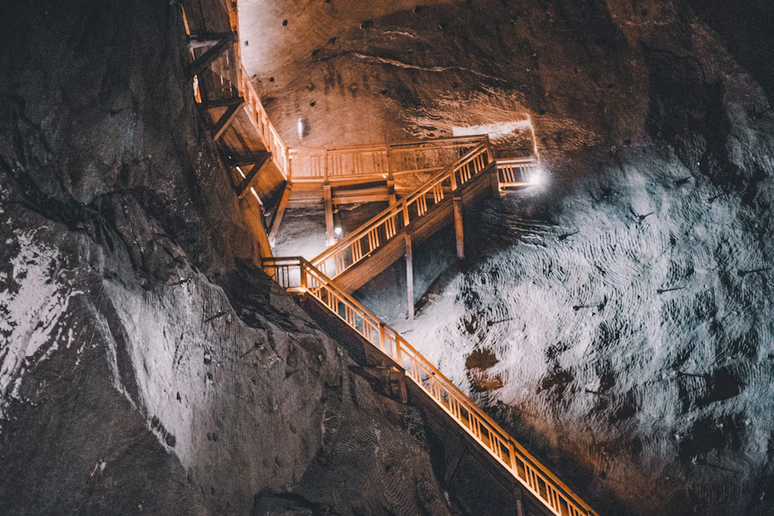
No two mining environments are identical. Factors such as terrain, material type, and climate influence which equipment combinations perform best. For instance, machinery that works well in open-pit mining may struggle underground, where space is limited. Similarly, equipment suited for hard rock extraction might not perform efficiently in softer soils. Site managers must assess their working environment before purchasing or pairing equipment. By testing compatibility under actual field conditions, you can avoid unexpected failures and fine-tune machine pairings for maximum output. Environmental awareness is key to maintaining consistent performance across diverse mining applications.
Long-Term Benefits of Compatible Equipment
A well-matched fleet brings consistent results and reduces long-term expenses. Compatible machines experience less mechanical stress and operate closer to their intended capacities. This extends their lifespan and lowers repair frequency. Improved communication between digital systems also supports predictive maintenance, reducing the chance of sudden breakdowns. Over time, equipment compatibility translates into stronger productivity, smoother operations, and better safety outcomes. It also gives site managers clearer insights into performance data, allowing them to make smarter investment decisions.
Understanding equipment compatibility is not just a technical matter; it is a strategic one. From mechanical design to digital communication, every element must align for a mining operation to perform efficiently. Compatible machinery reduces wear, saves fuel, and creates a safer working environment. Whether you operate a small quarry or a large open-pit mine, ensuring your equipment works together seamlessly is one of the smartest investments you can make.…

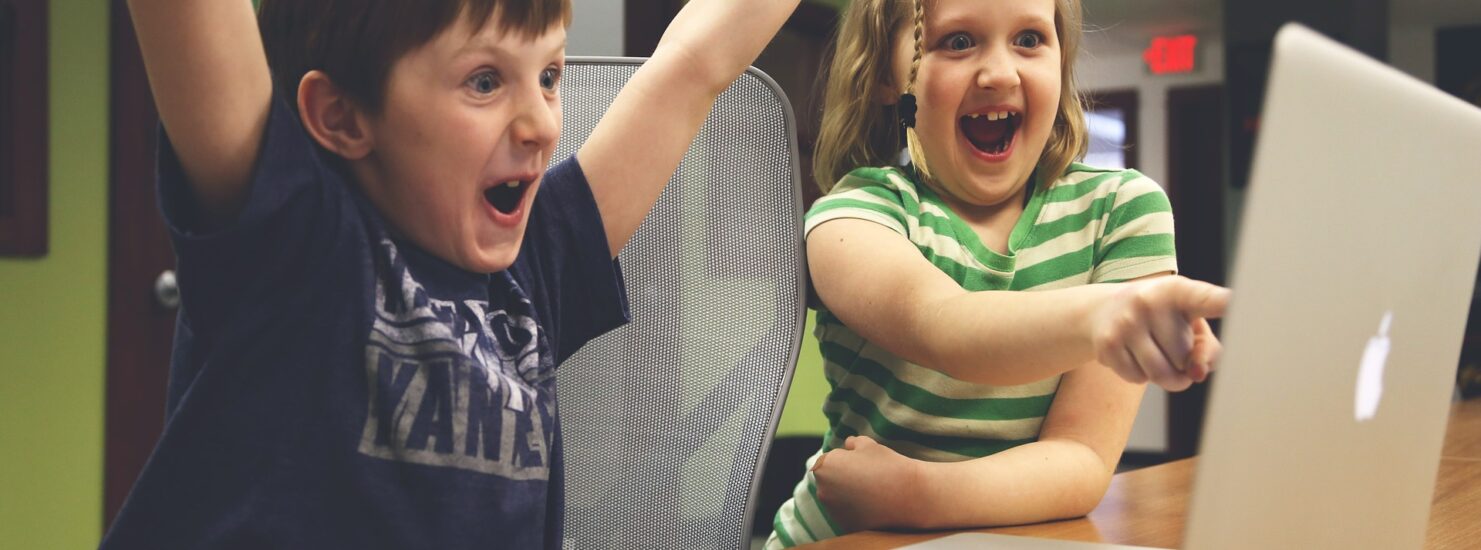
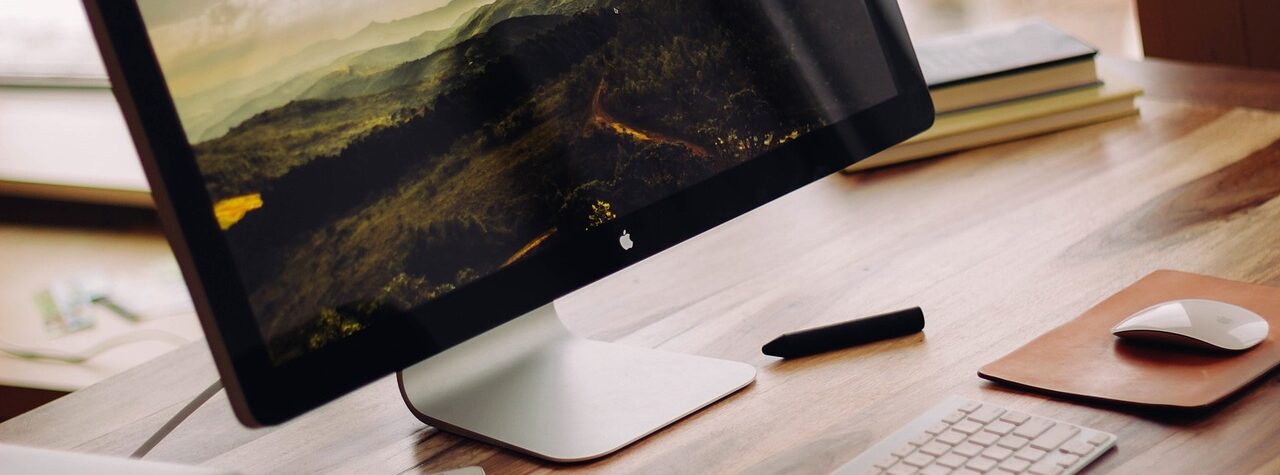
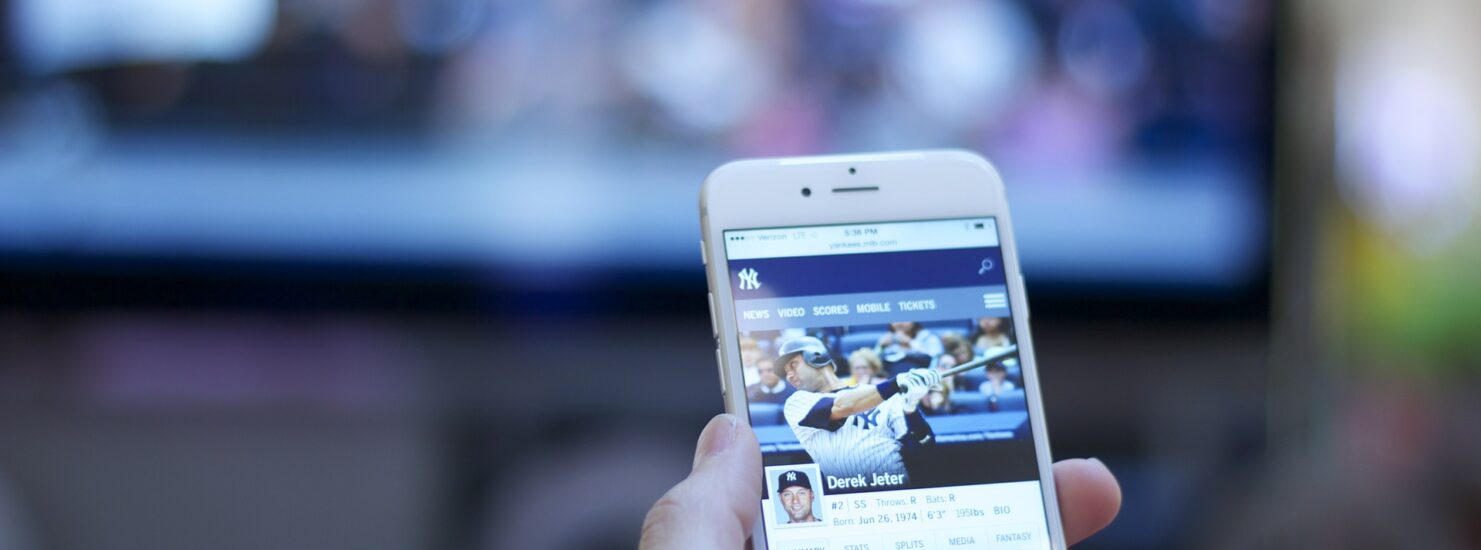
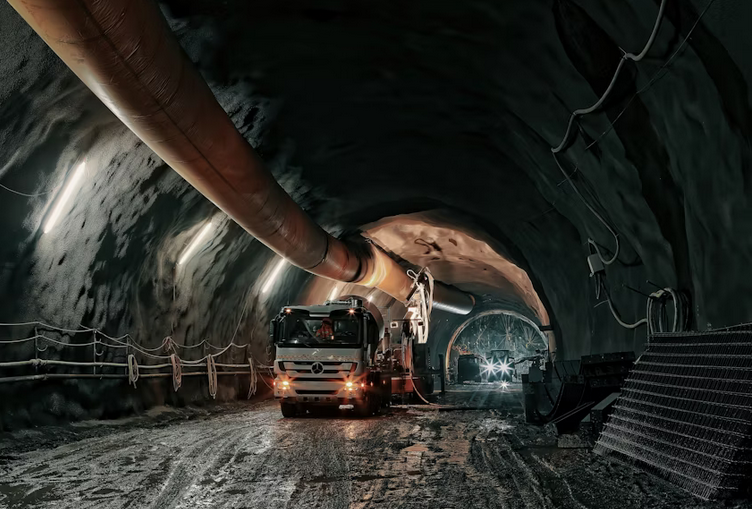
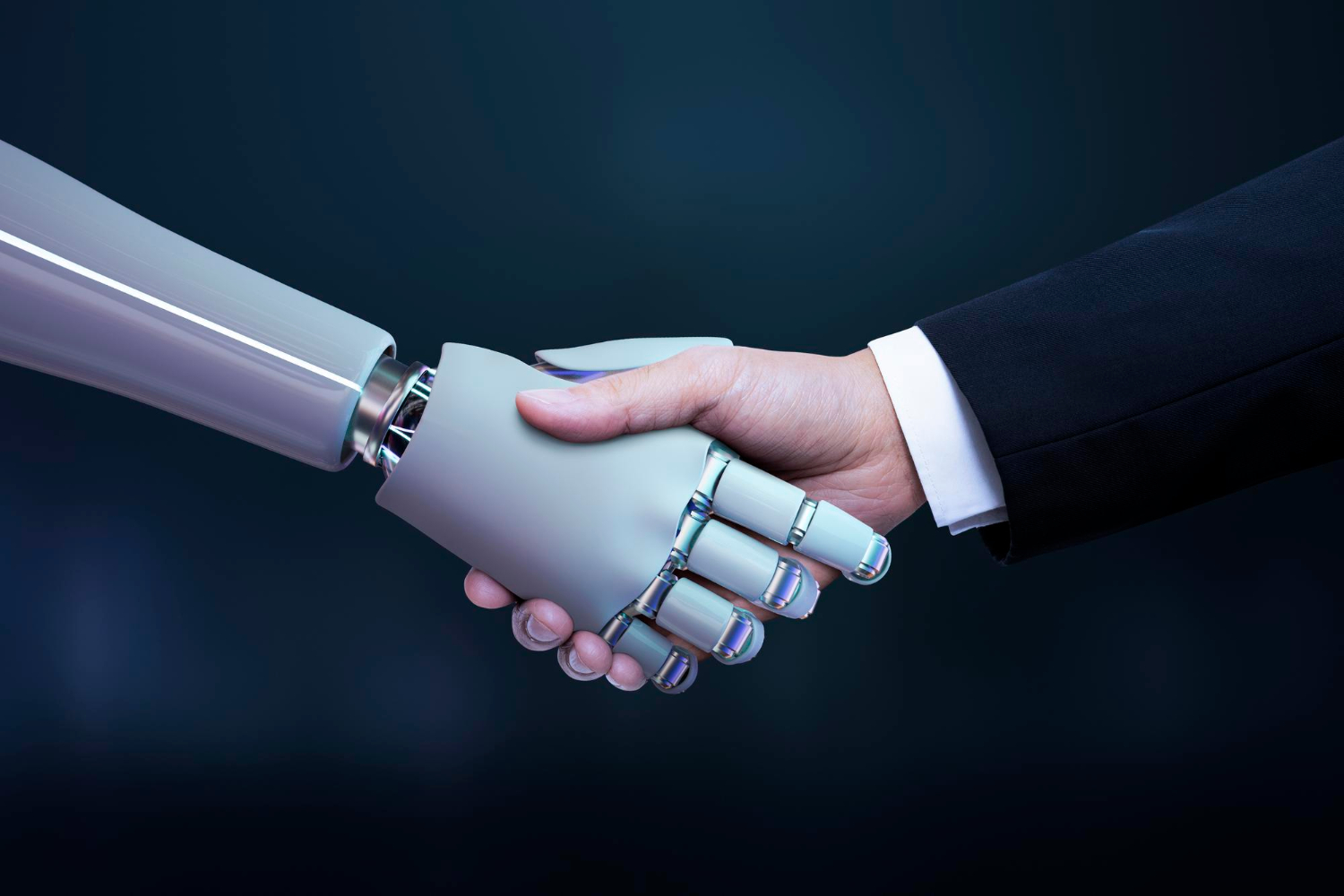
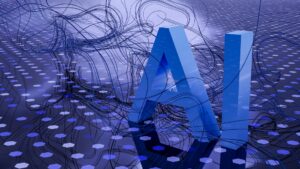 Rather than replacing human creativity, AI often acts like a hyper-efficient creative assistant. Tools like ChatGPT, Midjourney, and AI music generators help brainstorm ideas, speed up repetitive tasks, and offer inspiration when the dreaded creative block hits. Even platforms like
Rather than replacing human creativity, AI often acts like a hyper-efficient creative assistant. Tools like ChatGPT, Midjourney, and AI music generators help brainstorm ideas, speed up repetitive tasks, and offer inspiration when the dreaded creative block hits. Even platforms like 
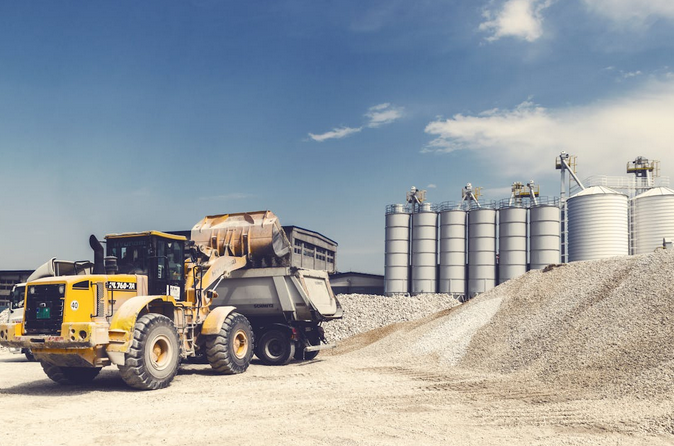
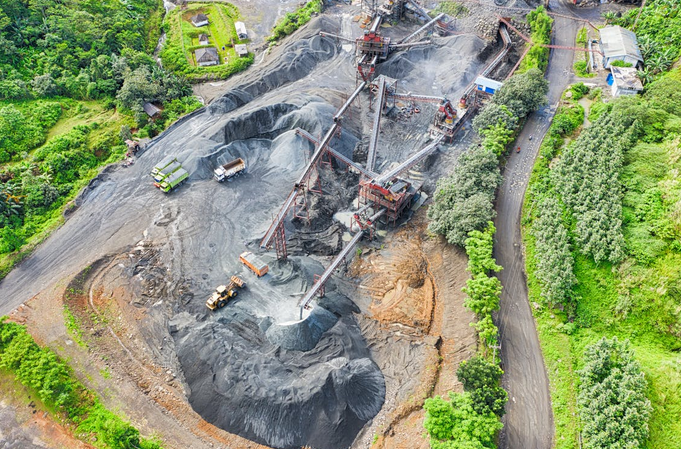
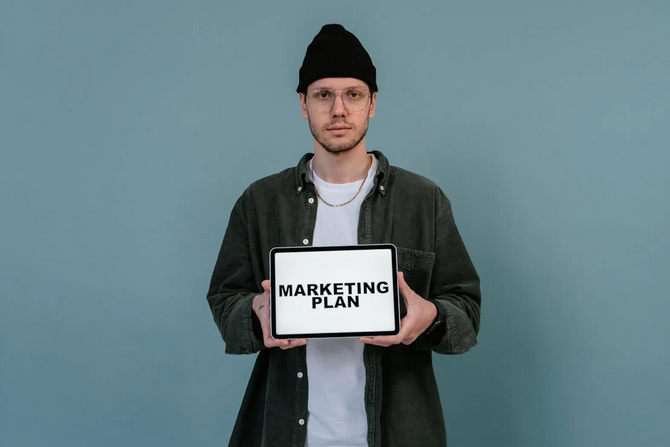
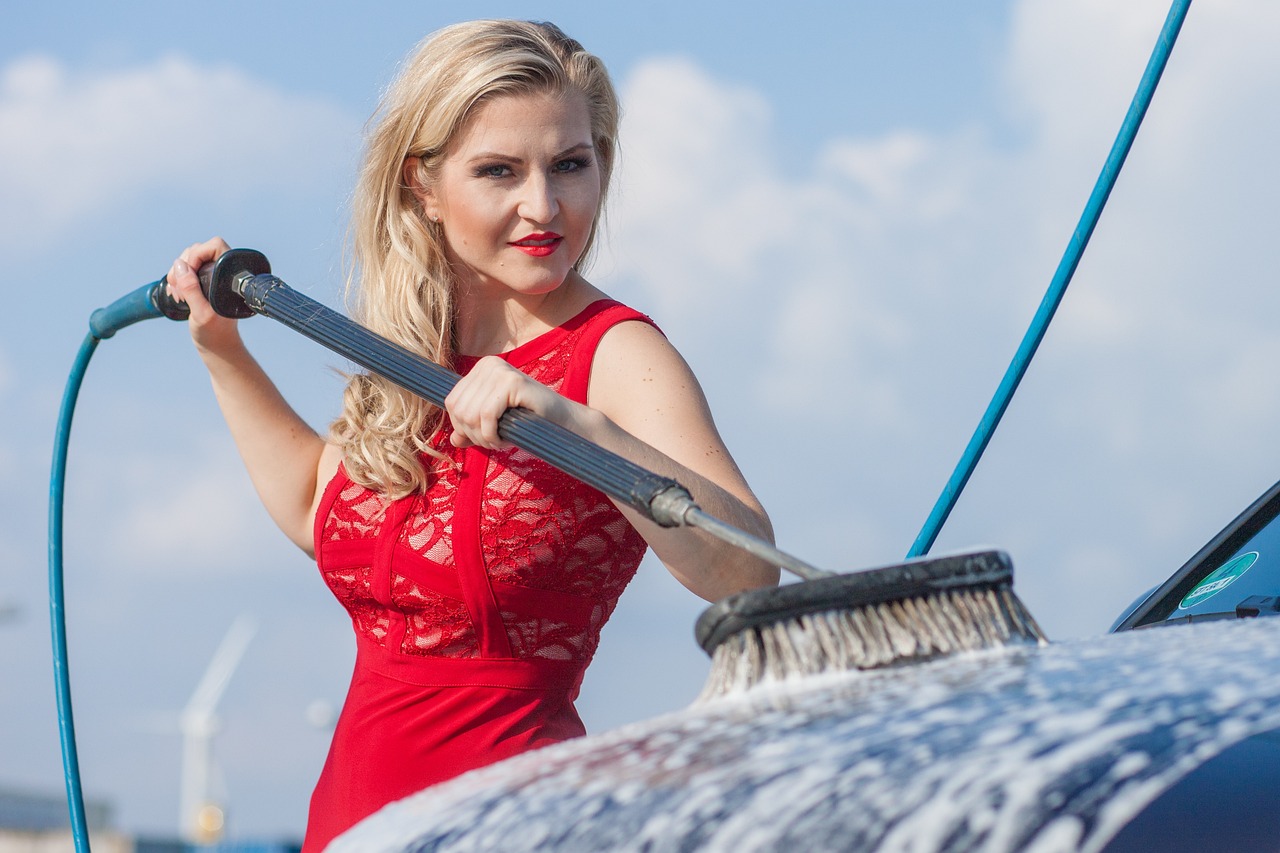
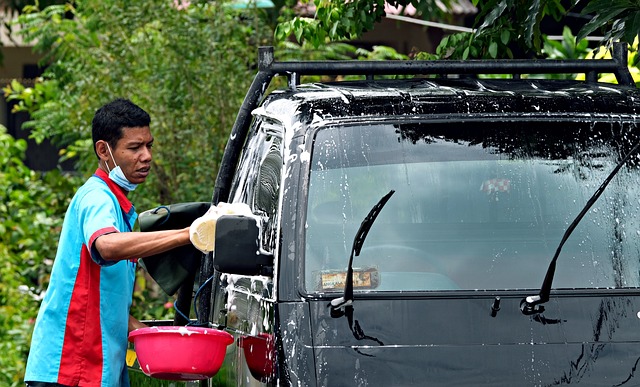
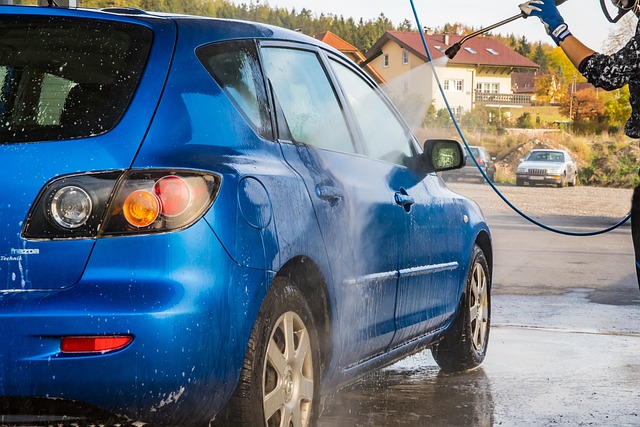
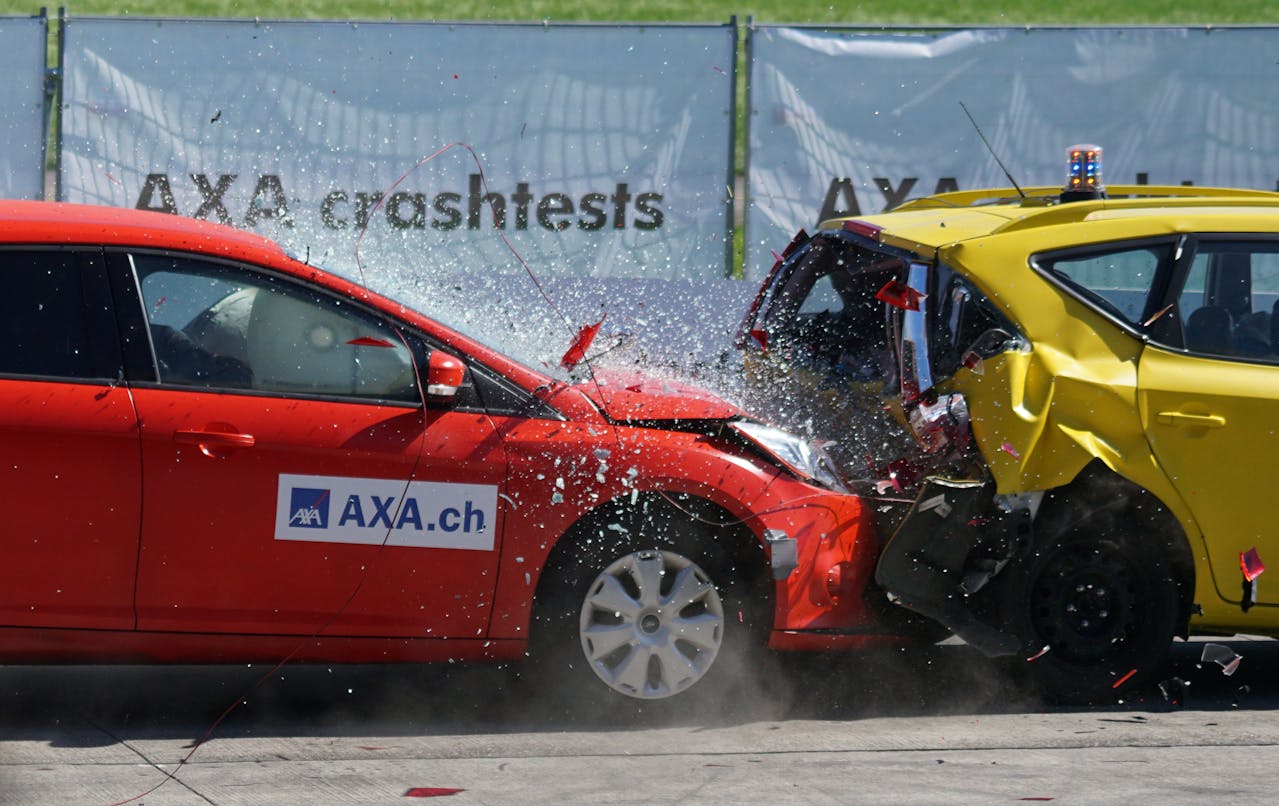
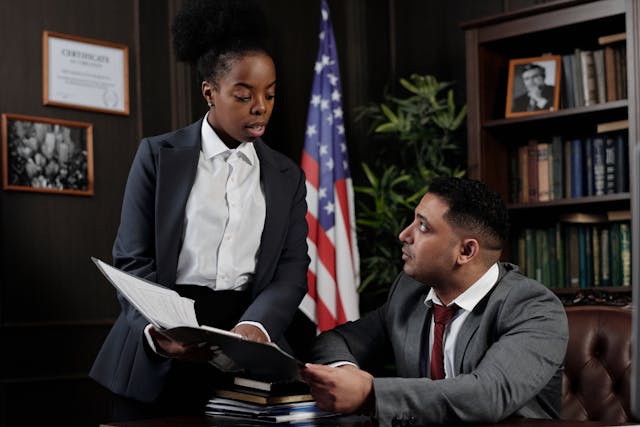
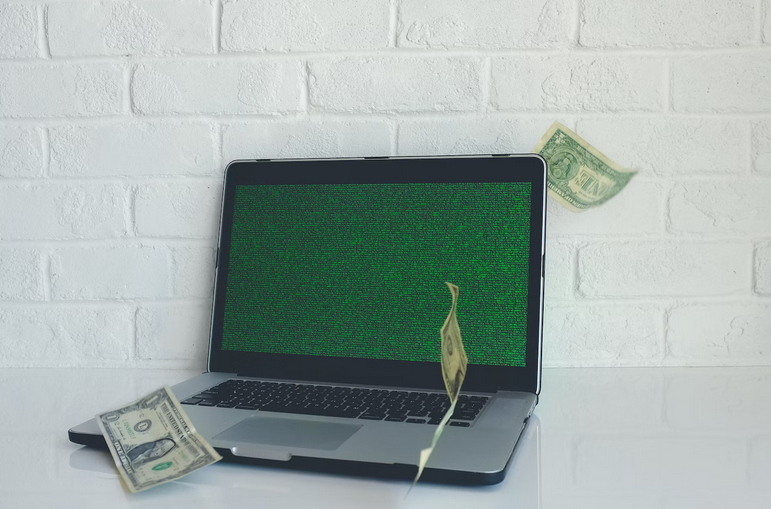
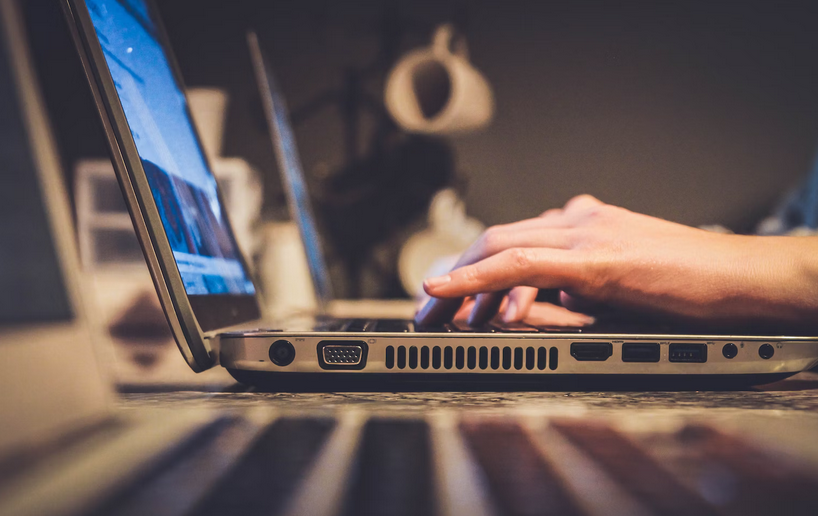
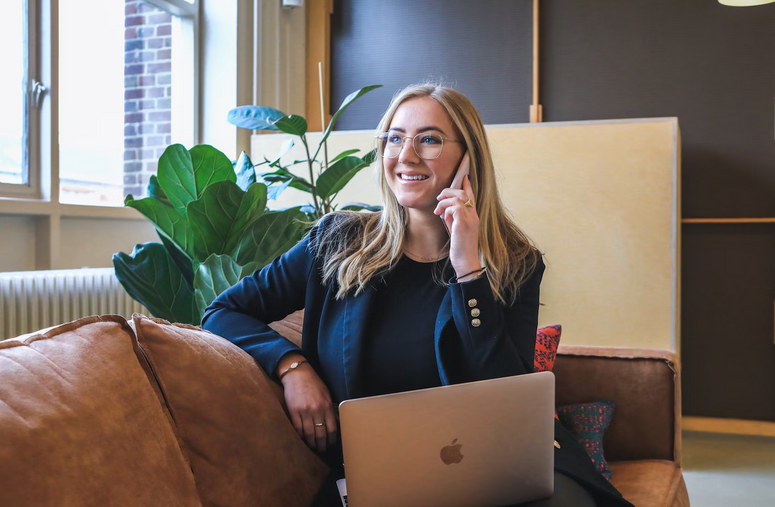
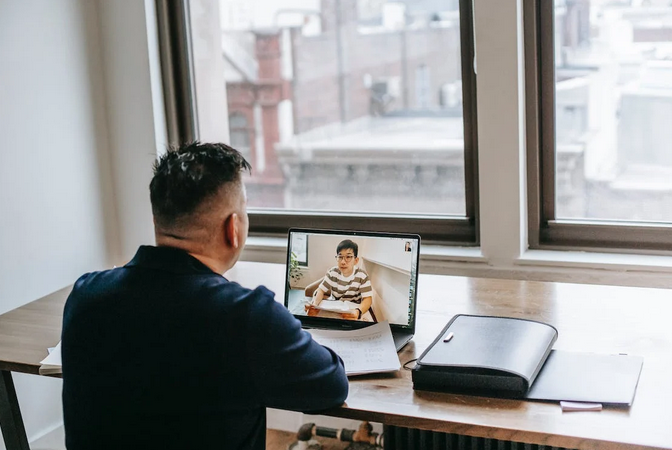

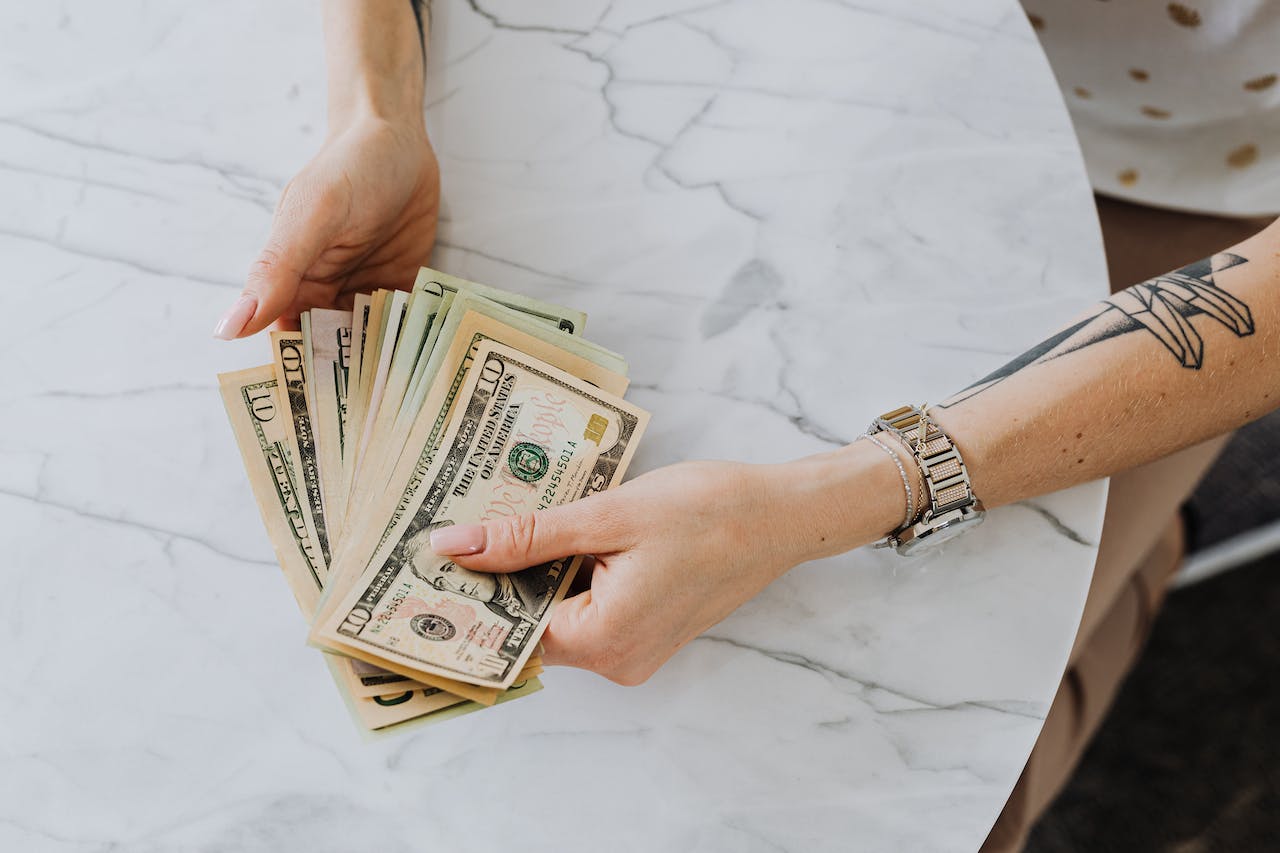
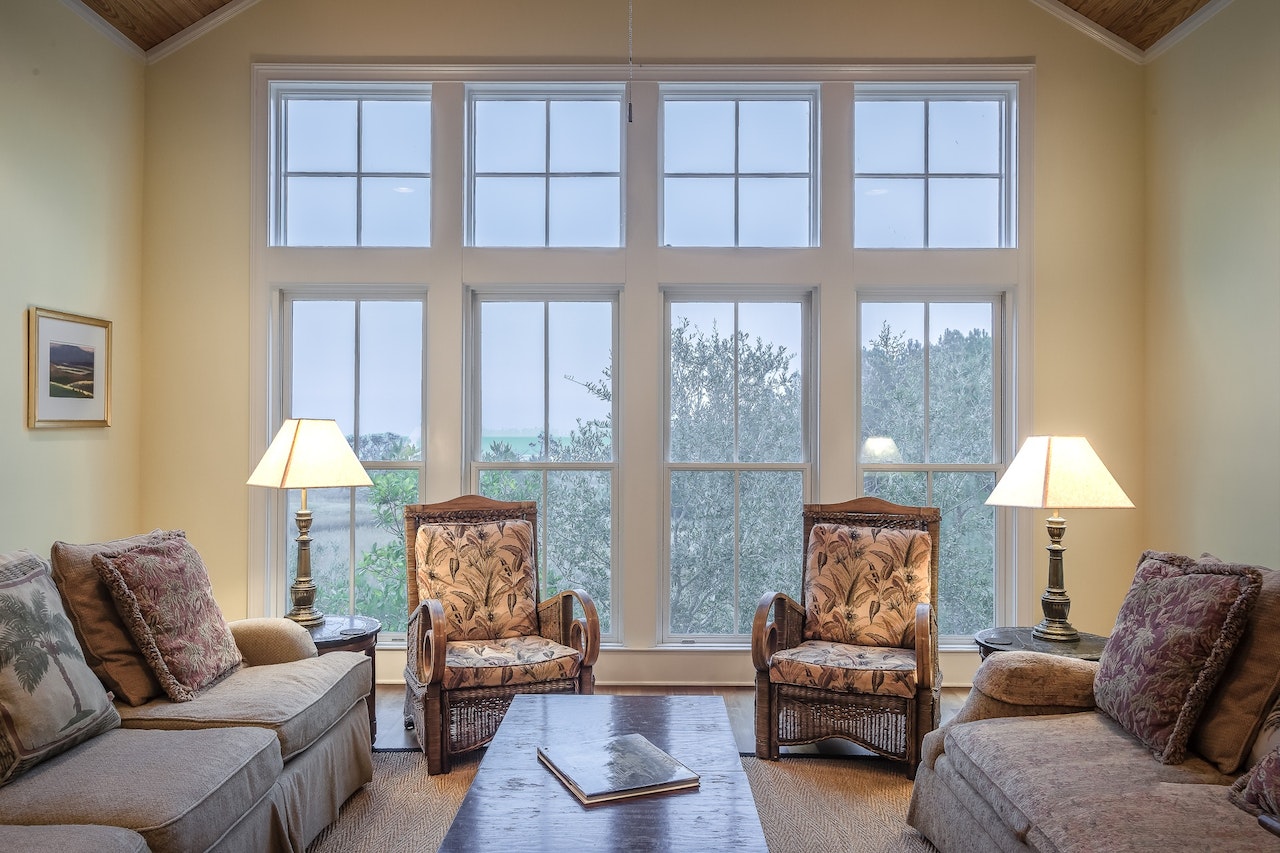
 Let me tell you. It can significantly reduce noise infiltration through your windows. Weatherstripping basically involves sealing any gaps or cracks around the window frame with weatherproofing materials such as foam tape, silicone caulk, or rubber strips. By eliminating these small openings, you can effectively block out external sounds. To apply weatherstripping to your windows, start by thoroughly cleaning the window frames and removing any existing old weatherstrips. Measure the dimensions of each opening and cut the weatherstripping material accordingly.
Let me tell you. It can significantly reduce noise infiltration through your windows. Weatherstripping basically involves sealing any gaps or cracks around the window frame with weatherproofing materials such as foam tape, silicone caulk, or rubber strips. By eliminating these small openings, you can effectively block out external sounds. To apply weatherstripping to your windows, start by thoroughly cleaning the window frames and removing any existing old weatherstrips. Measure the dimensions of each opening and cut the weatherstripping material accordingly. Not only do these add a touch of style and elegance to your space, but they also have the potential to significantly reduce noise levels. The dense fabric helps in blocking out external noises, creating a more peaceful and quiet environment indoors. Additionally, the thicker material also provides insulation, helping to keep unwanted sounds from entering or escaping through your windows. Although these alternatives may not be as effective as full window replacement with specialized acoustic glass, they provide viable solutions for those on a budget.…
Not only do these add a touch of style and elegance to your space, but they also have the potential to significantly reduce noise levels. The dense fabric helps in blocking out external noises, creating a more peaceful and quiet environment indoors. Additionally, the thicker material also provides insulation, helping to keep unwanted sounds from entering or escaping through your windows. Although these alternatives may not be as effective as full window replacement with specialized acoustic glass, they provide viable solutions for those on a budget.…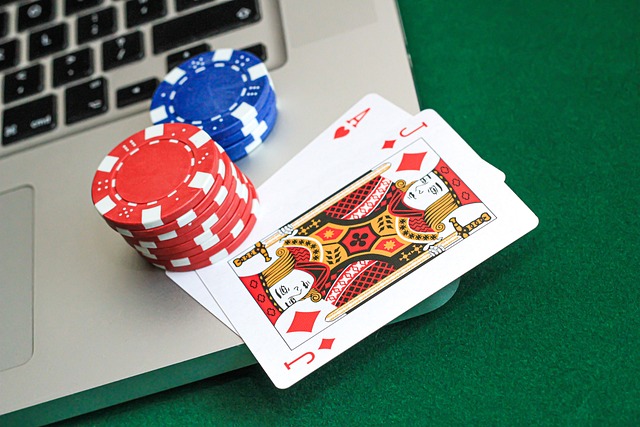
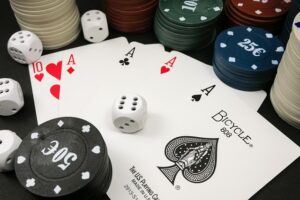 Hold’em Manager (HM) is a game-changing software that brings the power of data analysis right to your fingertips. This comprehensive tool provides players with in-depth statistics and real-time tracking, allowing you to gain valuable insights into your gameplay as well as that of your opponents. With HM, you can effortlessly review and analyze hand histories, making it easier to spot patterns and identify areas for improvement. The intuitive interface presents information in a visually appealing manner, giving you a clear picture of your strengths and weaknesses.
Hold’em Manager (HM) is a game-changing software that brings the power of data analysis right to your fingertips. This comprehensive tool provides players with in-depth statistics and real-time tracking, allowing you to gain valuable insights into your gameplay as well as that of your opponents. With HM, you can effortlessly review and analyze hand histories, making it easier to spot patterns and identify areas for improvement. The intuitive interface presents information in a visually appealing manner, giving you a clear picture of your strengths and weaknesses.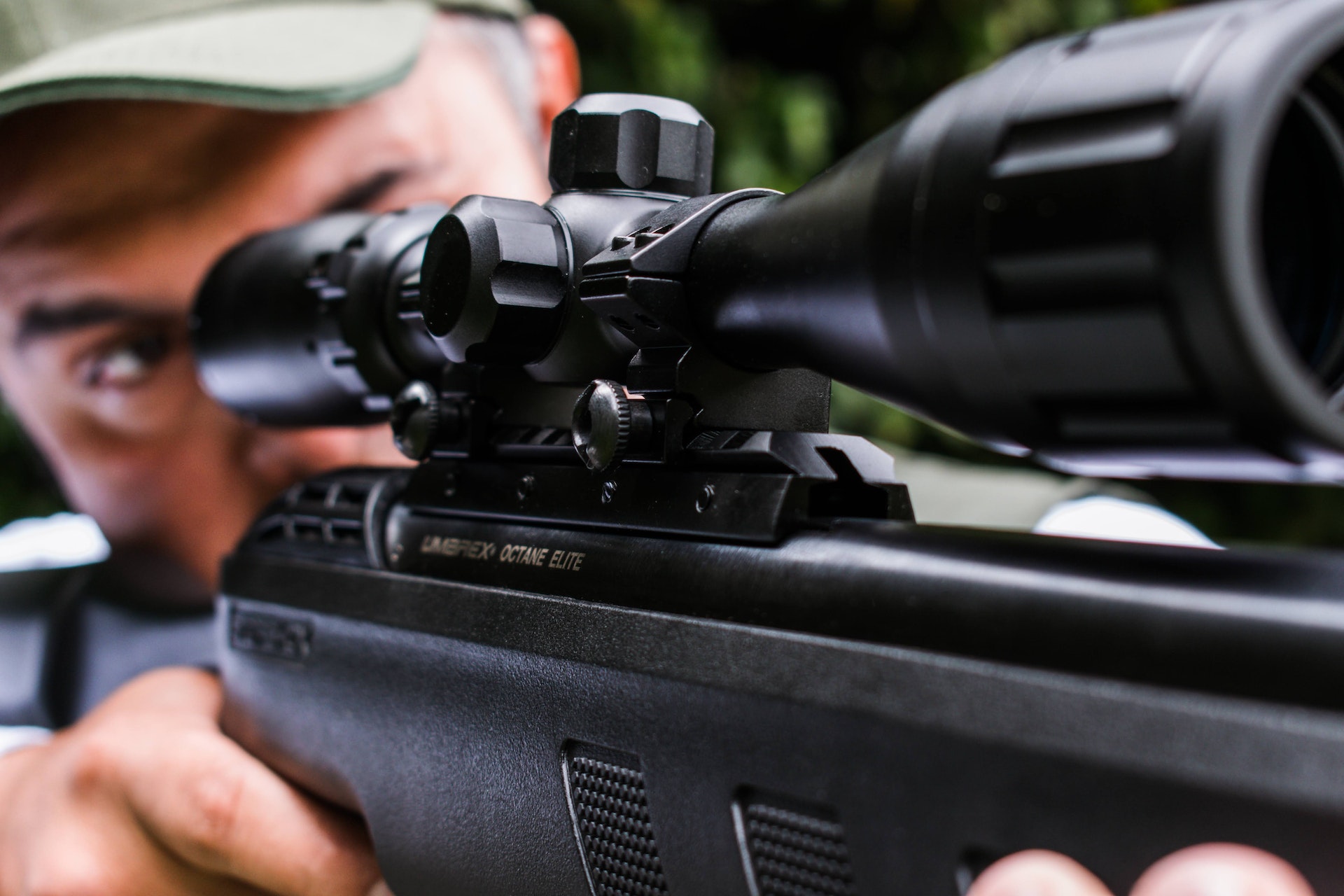
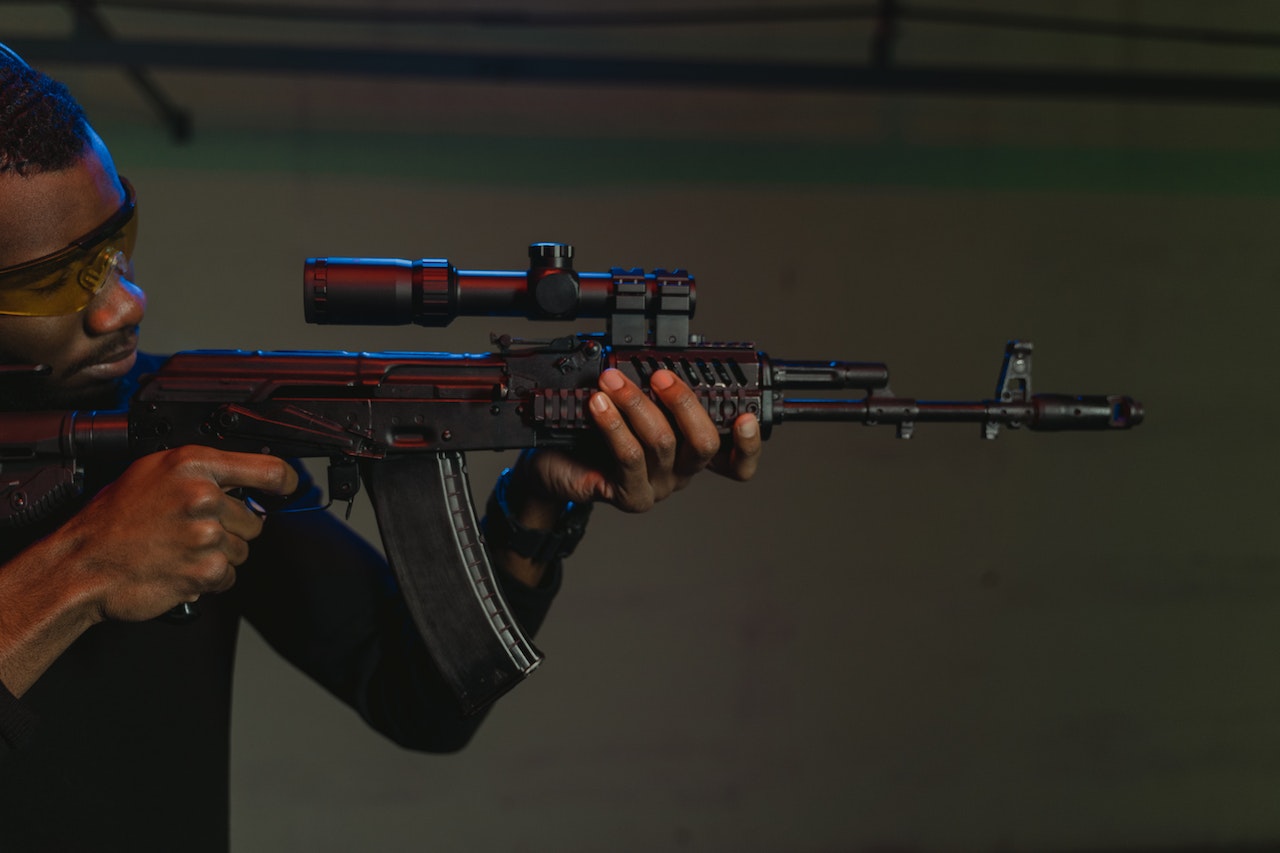
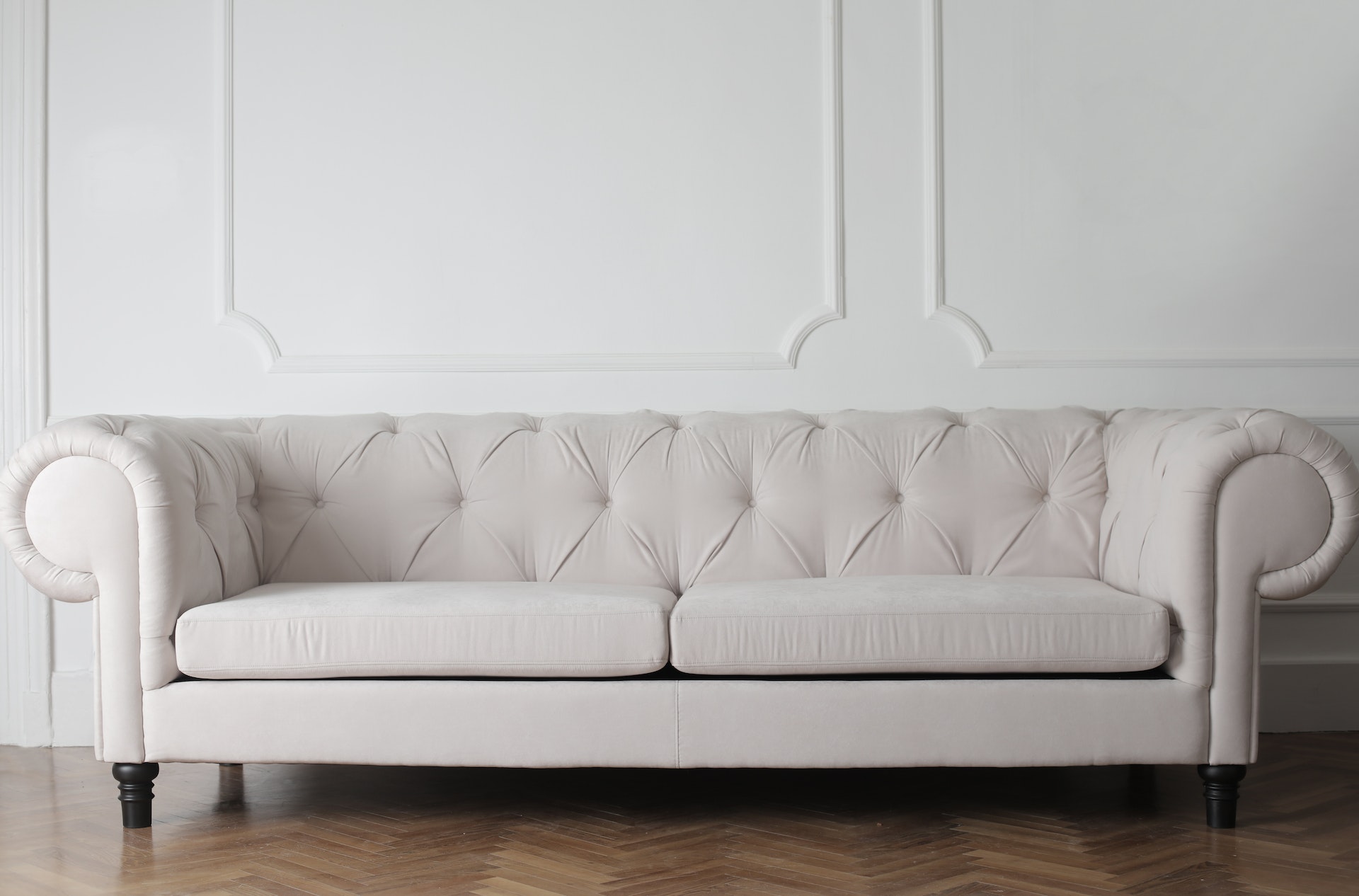
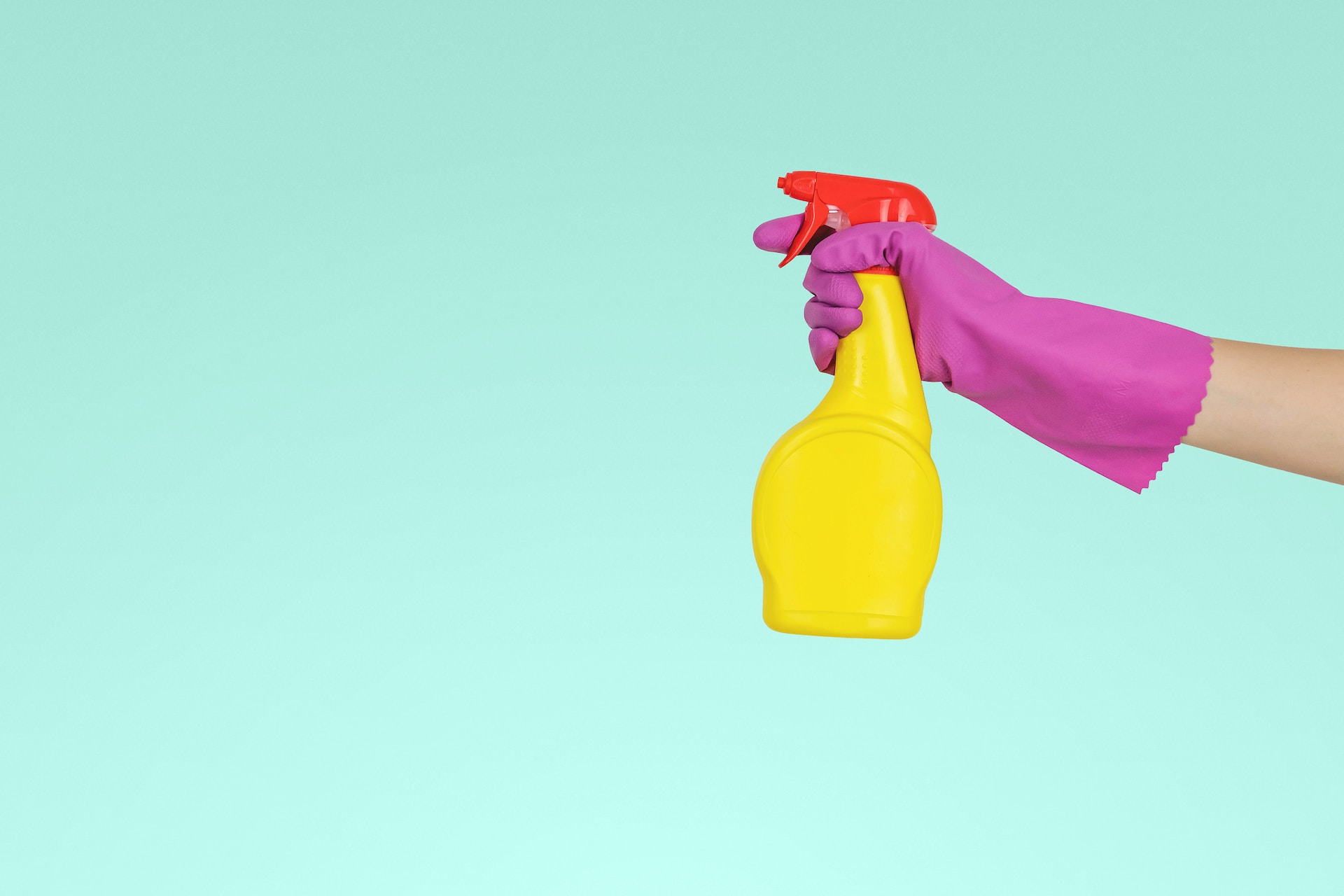

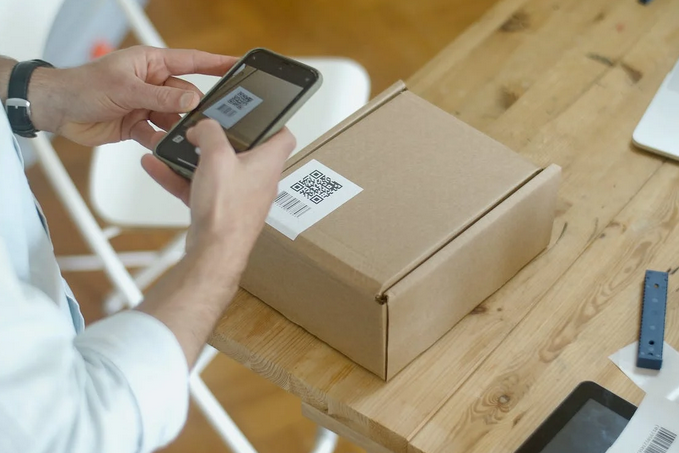
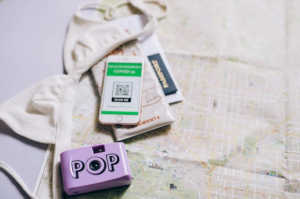 In some cases, the correct camera settings vary depending on the type of photo you are taking and the desired outcome. It is advisable to use a high-resolution setting on your camera. Digital cameras offer a range of resolution settings, usually from low to ultra-high. Generally, a higher resolution setting is best to ensure your images have enough detail and clarity.
In some cases, the correct camera settings vary depending on the type of photo you are taking and the desired outcome. It is advisable to use a high-resolution setting on your camera. Digital cameras offer a range of resolution settings, usually from low to ultra-high. Generally, a higher resolution setting is best to ensure your images have enough detail and clarity.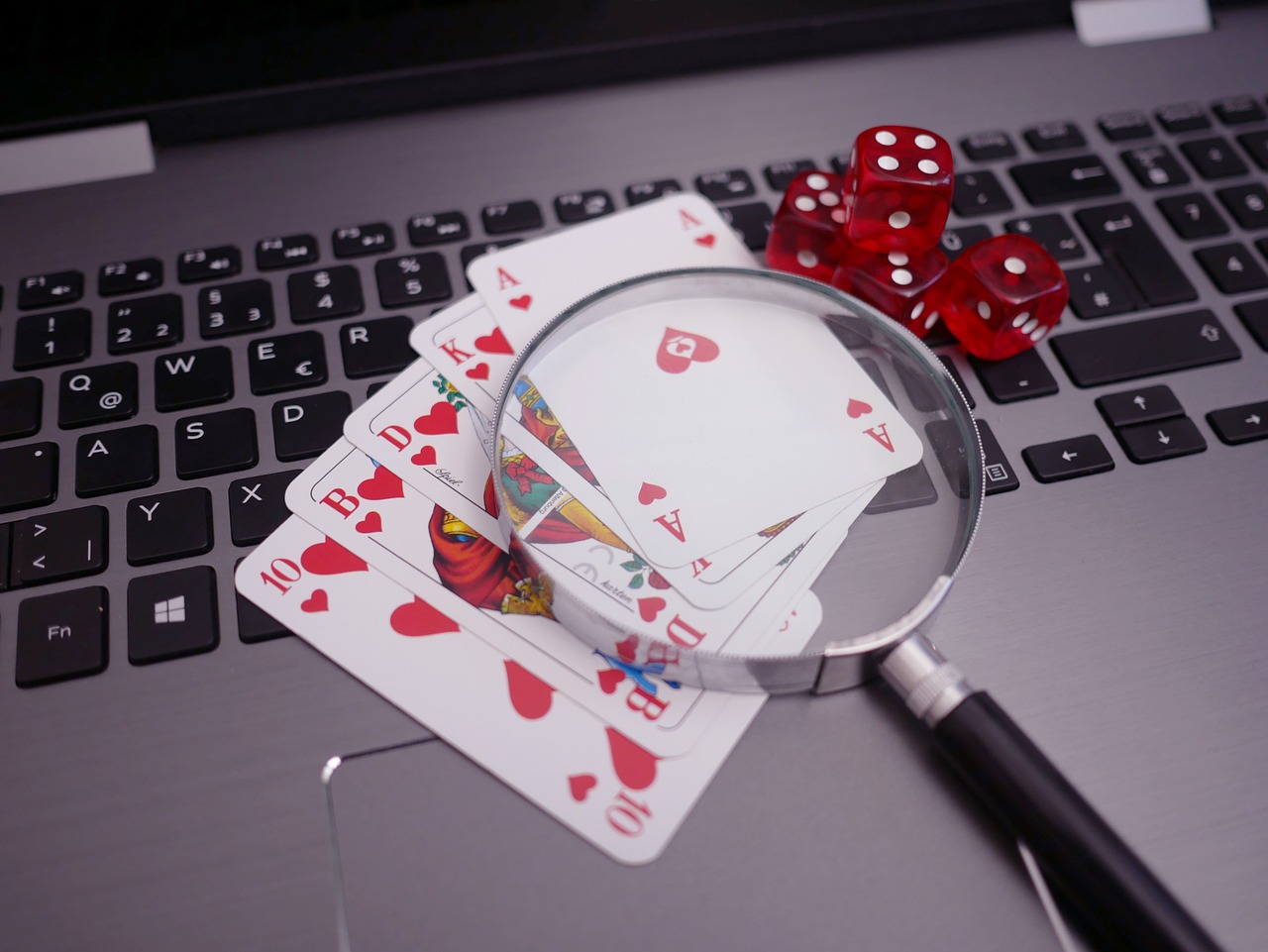
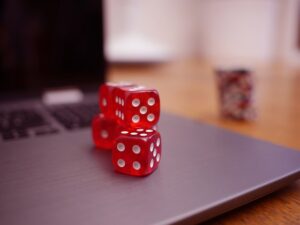 One of the main reasons that people should play in a live dealer online casino is because it provides an authentic casino experience without you ever having to leave your house. With live streaming technology, dealers can interact with players just like at a land-based casino. You can watch the dealer shuffle cards and spin a roulette wheel from your home. Plus, many live dealer games feature a chat box that allows you to communicate with the dealer and other players in real time.
One of the main reasons that people should play in a live dealer online casino is because it provides an authentic casino experience without you ever having to leave your house. With live streaming technology, dealers can interact with players just like at a land-based casino. You can watch the dealer shuffle cards and spin a roulette wheel from your home. Plus, many live dealer games feature a chat box that allows you to communicate with the dealer and other players in real time.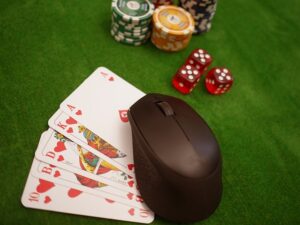 Finally, live dealer online casinos offer a wide selection of games. You can choose from classic table games like blackjack and roulette or try your luck at some of the more popular slots. There is something for everyone! Plus, you don’t have to worry about waiting for a seat to become available since there are no physical limitations as there are in a traditional casino. Overall, live dealer online casinos provide an authentic and secure gaming experience you can enjoy from the comfort of your home. With plenty of games to choose from and easy access, it’s no wonder why so many people are choosing to play in a live dealer online casino. So what are you waiting for? Sign up today and start playing.…
Finally, live dealer online casinos offer a wide selection of games. You can choose from classic table games like blackjack and roulette or try your luck at some of the more popular slots. There is something for everyone! Plus, you don’t have to worry about waiting for a seat to become available since there are no physical limitations as there are in a traditional casino. Overall, live dealer online casinos provide an authentic and secure gaming experience you can enjoy from the comfort of your home. With plenty of games to choose from and easy access, it’s no wonder why so many people are choosing to play in a live dealer online casino. So what are you waiting for? Sign up today and start playing.…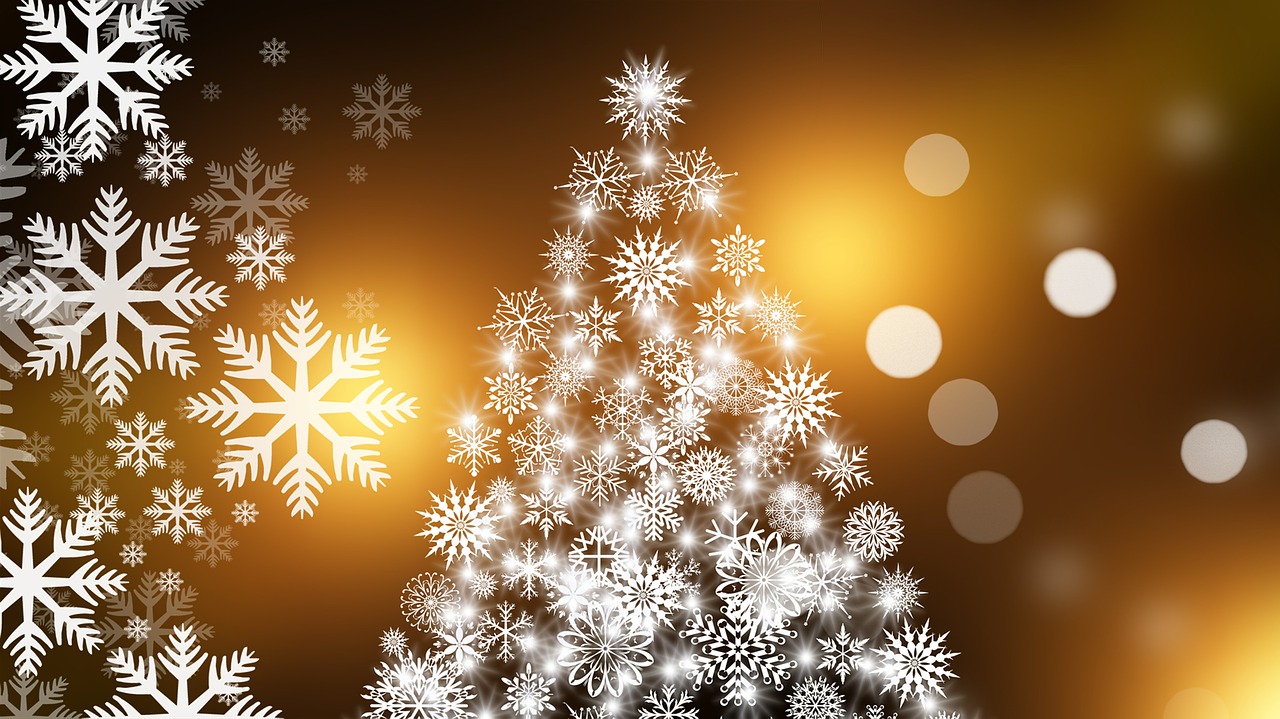

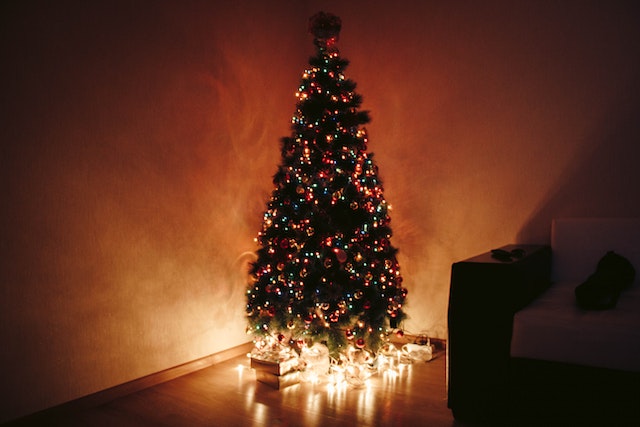
 Hanging stockings on the fireplace mantle have been a popular Christmas tradition since at least the 18th century. The origin of this tradition can be traced back to a Dutch tale about St. Nicholas, who is said to have placed gifts in the stockings of three poor sisters. Over time, this story spread throughout Europe and eventually to the United States, where it has become an integral part of the holiday season. These are just a few of the many beloved Christmas traditions that have been around for centuries. From Santa Claus to stockings, these traditions provide comfort and joy during the holiday season.
Hanging stockings on the fireplace mantle have been a popular Christmas tradition since at least the 18th century. The origin of this tradition can be traced back to a Dutch tale about St. Nicholas, who is said to have placed gifts in the stockings of three poor sisters. Over time, this story spread throughout Europe and eventually to the United States, where it has become an integral part of the holiday season. These are just a few of the many beloved Christmas traditions that have been around for centuries. From Santa Claus to stockings, these traditions provide comfort and joy during the holiday season.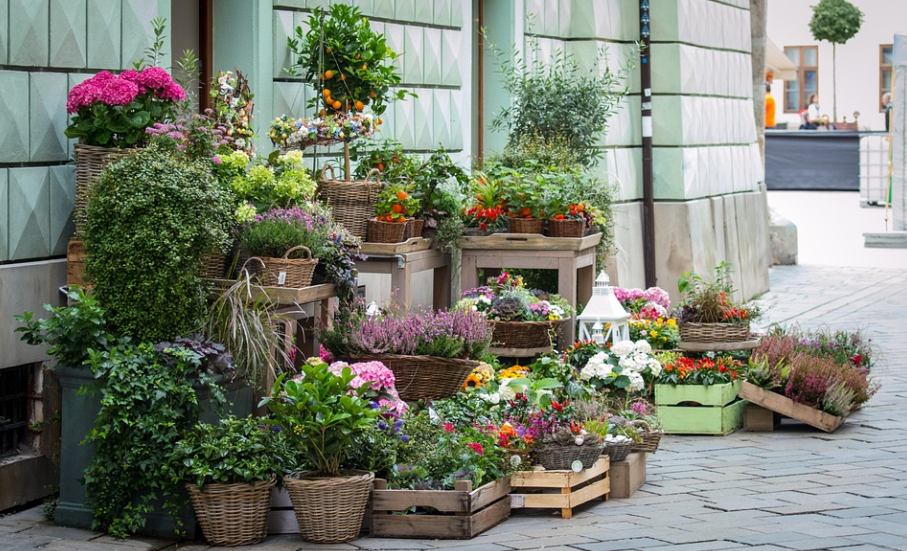
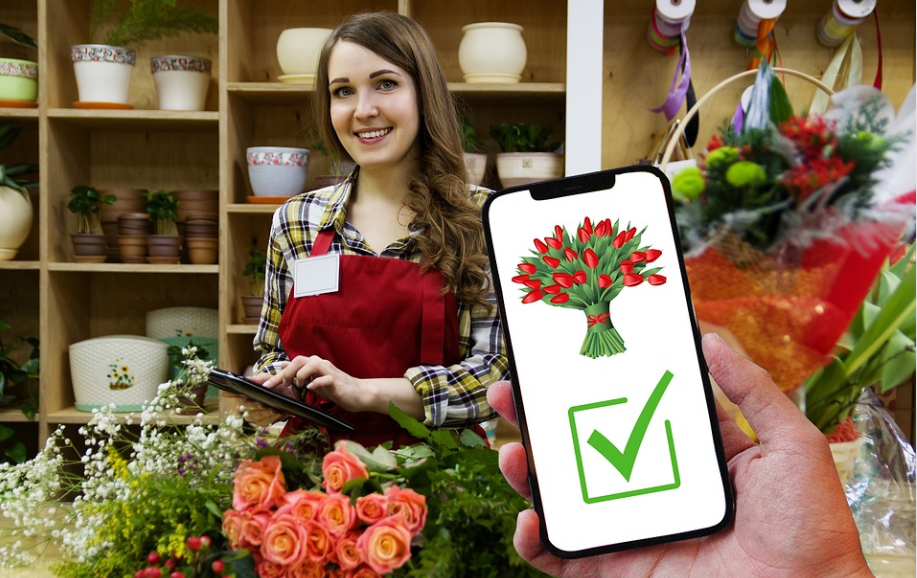
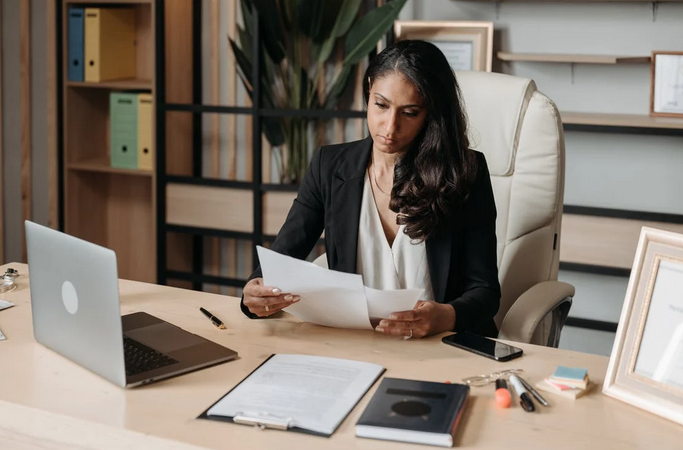
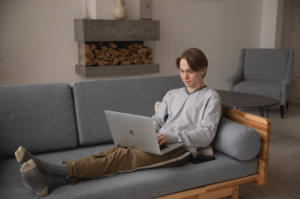 If you’re still keeping an in-house team, you’re doing it wrong. It’s time to outsource your staff to save on costs. When you outsource, you eliminate the need for office space, equipment, and other associated costs. Not to mention, you don’t have to worry about employee benefits or payroll taxes. Remember that
If you’re still keeping an in-house team, you’re doing it wrong. It’s time to outsource your staff to save on costs. When you outsource, you eliminate the need for office space, equipment, and other associated costs. Not to mention, you don’t have to worry about employee benefits or payroll taxes. Remember that 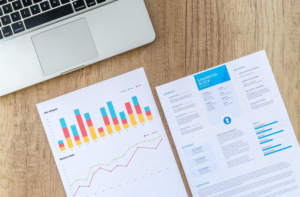 One of the best ways to reduce costs is to reduce your overhead costs. This includes things like rent, utilities, insurance, and other monthly expenses.
One of the best ways to reduce costs is to reduce your overhead costs. This includes things like rent, utilities, insurance, and other monthly expenses.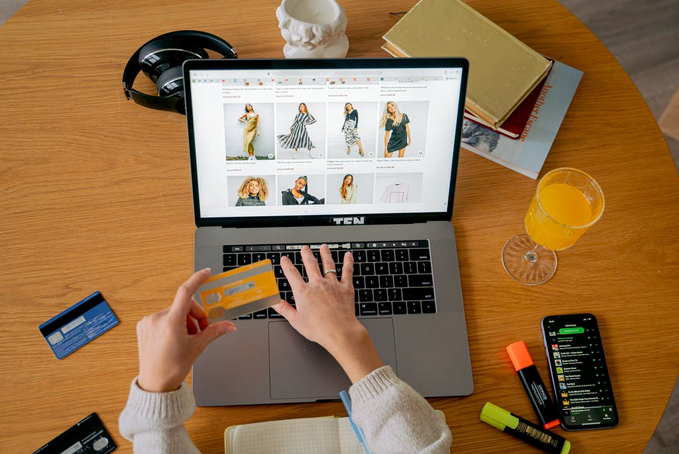
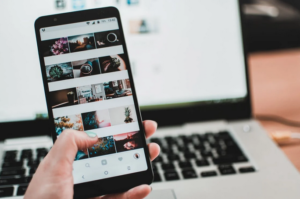 The internet is a powerful
The internet is a powerful 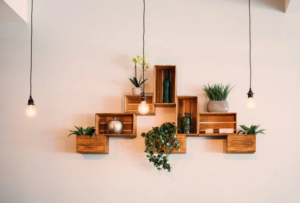 Many
Many 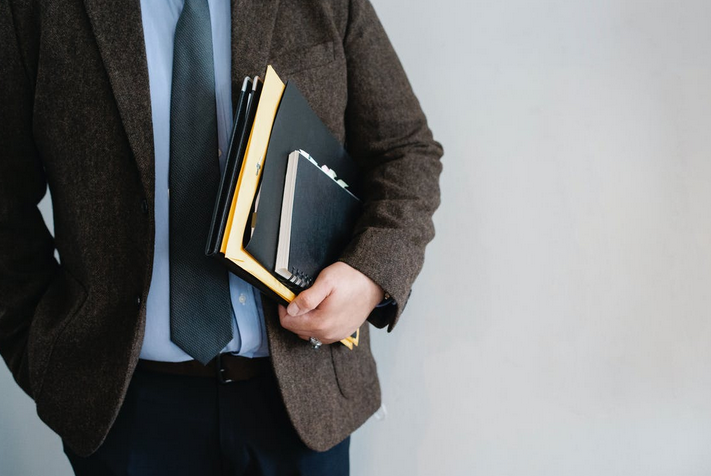
 Take a look at some of history’s greatest orators. John Fitzgerald Kennedy, Martin Luther King, Jr., and Winston Churchill are just a few examples. They were all great leaders who gave speeches that inspired people to action. They weren’t just born with the ability to speak; they practiced. A good leader should be able to deliver a speech that is both inspiring and informative. If you can do this, you will be able to motivate your employees and get them excited about working for your company.
Take a look at some of history’s greatest orators. John Fitzgerald Kennedy, Martin Luther King, Jr., and Winston Churchill are just a few examples. They were all great leaders who gave speeches that inspired people to action. They weren’t just born with the ability to speak; they practiced. A good leader should be able to deliver a speech that is both inspiring and informative. If you can do this, you will be able to motivate your employees and get them excited about working for your company.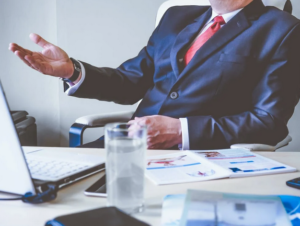 Good leaders know that they can’t do everything alone. They need to be able to delegate tasks to others and trust that those tasks will be completed. This shows employees that you trust their abilities and that you are willing to give them responsibility. It is also an excellent way to get more work done in less time. There are many qualities that make a good leader, but these three are essential. If you have a clear vision, the ability to give inspiring speeches, and the ability to delegate, you will be well on your way to success. Mr. Ibrahim Issaoui has all of these qualities and more. He is a great leader and an asset to any company.
Good leaders know that they can’t do everything alone. They need to be able to delegate tasks to others and trust that those tasks will be completed. This shows employees that you trust their abilities and that you are willing to give them responsibility. It is also an excellent way to get more work done in less time. There are many qualities that make a good leader, but these three are essential. If you have a clear vision, the ability to give inspiring speeches, and the ability to delegate, you will be well on your way to success. Mr. Ibrahim Issaoui has all of these qualities and more. He is a great leader and an asset to any company.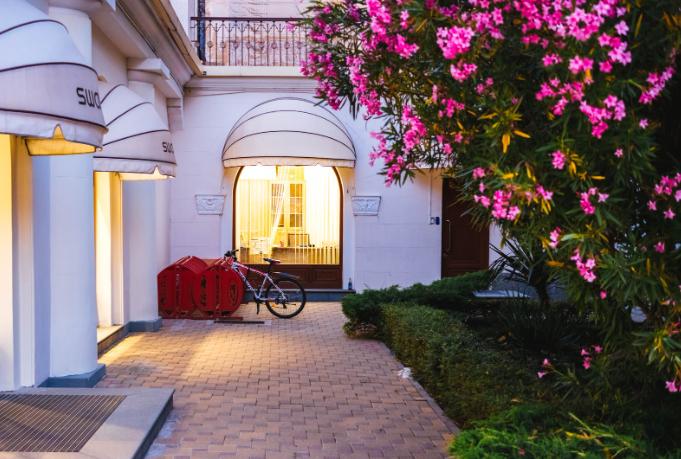
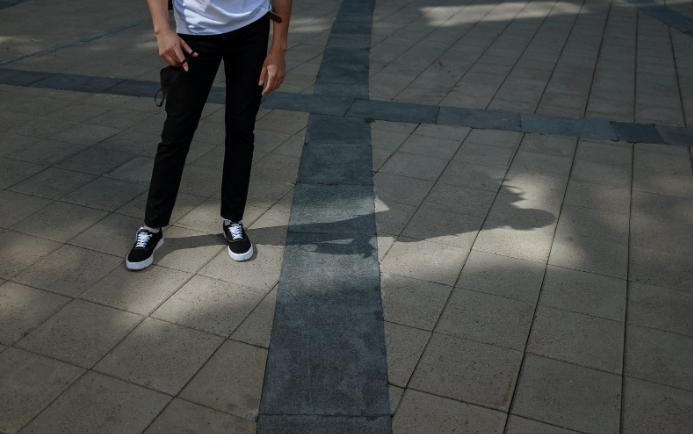 Another reason to hire a professional paving contractor is that they can offer expert opinions and advice. Paving contractors have a lot of experience working with different materials and surfaces, so they know what will work best for your specific project.
Another reason to hire a professional paving contractor is that they can offer expert opinions and advice. Paving contractors have a lot of experience working with different materials and surfaces, so they know what will work best for your specific project.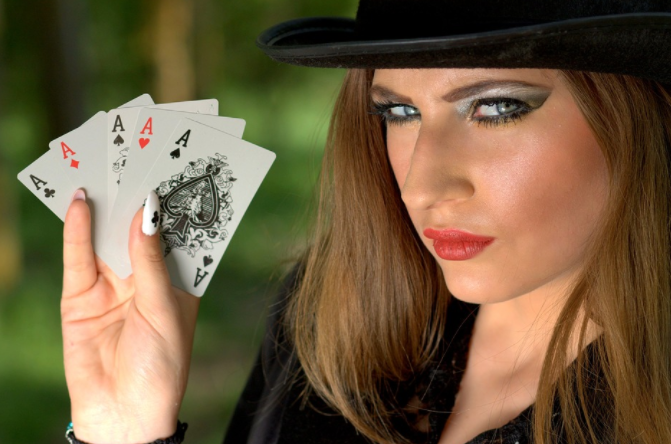
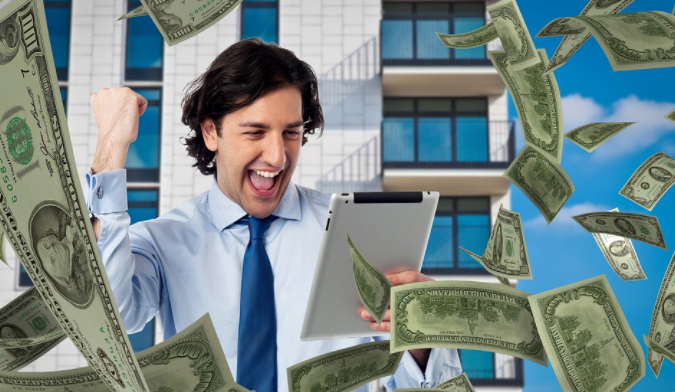 Poker is a way for you to earn ten times what you are earning right now in a matter of minutes. Poker is a game of skill, and if you are good at it, you can make some serious money.
Poker is a way for you to earn ten times what you are earning right now in a matter of minutes. Poker is a game of skill, and if you are good at it, you can make some serious money. Online poker platforms are everywhere and if you are looking for a place to make some friends, look no further. Poker is a social game, and it’s a great way to meet new people.
Online poker platforms are everywhere and if you are looking for a place to make some friends, look no further. Poker is a social game, and it’s a great way to meet new people.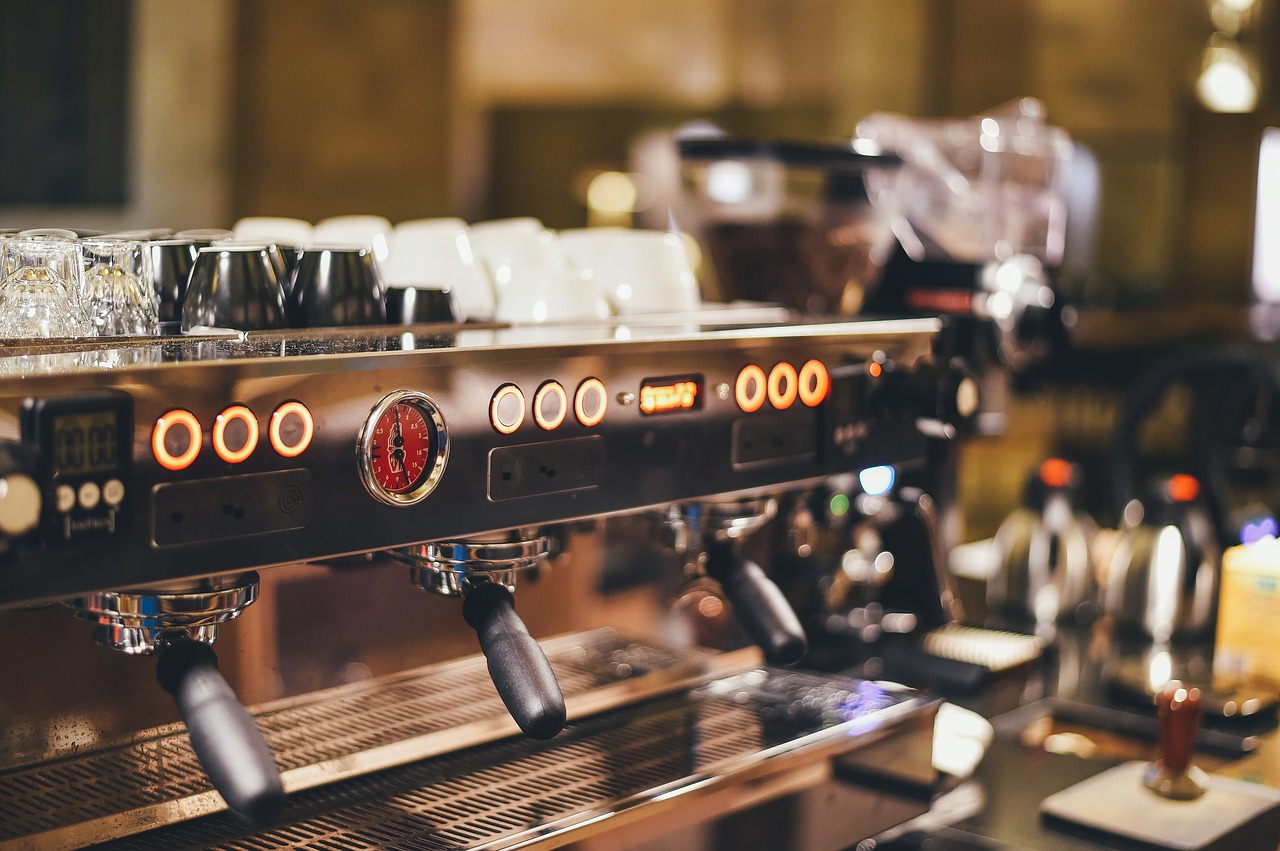
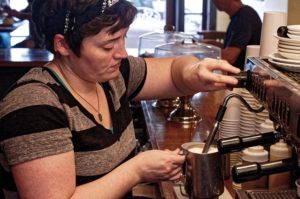 A bean-to-cup coffee machine is an appliance that grinds beans, extracts espresso shots, and froths milk right inside the device. Moreover, the machine can make some different drinks, such as espresso-based coffee and cappuccinos. Bean to cup machines works using an internal grinder that grinds beans into small pieces (called grounds). The ground bean is then inserted into the filter basket. Then, hot water is passed through the filter basket and grounds.
A bean-to-cup coffee machine is an appliance that grinds beans, extracts espresso shots, and froths milk right inside the device. Moreover, the machine can make some different drinks, such as espresso-based coffee and cappuccinos. Bean to cup machines works using an internal grinder that grinds beans into small pieces (called grounds). The ground bean is then inserted into the filter basket. Then, hot water is passed through the filter basket and grounds.